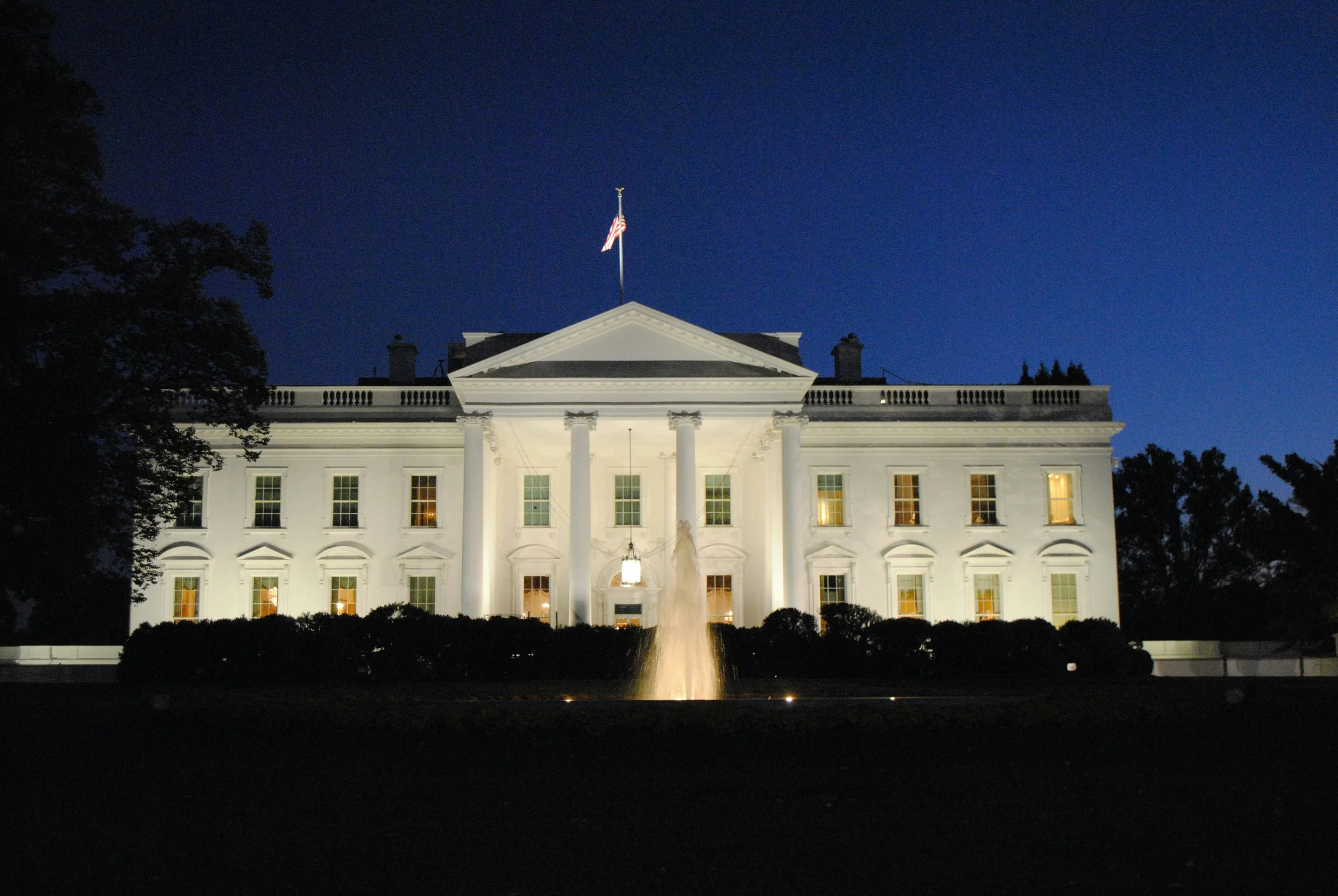
Additional Resources
Welcome to the Institute for the Study of State of Exception (ISSE) Additional Resources page, highlighting content that deepens the understanding of how states of exception are used—and misused or abused—around the world. Whether you’re a researcher, practitioner, or engaged reader, this section offers tools to support further inquiry and action on states of these abuses.
“Emergency measures, initially presented as temporary necessities, often become permanent features of social and political life.”
— Slavoj Žižek (Welcome to the Desert of the Real, 2002)
According to Human Rights Watch, Türkiye’s treatment of Uyghurs has increasingly assumed the character of an administrative state of exception, where broad and opaque “public security” powers override established legal protections. Turkish authorities arbitrarily assign “restriction codes”—often without evidence—to label Uyghurs as security threats, triggering detention, denial of residency or citizenship, and potential deportation. These codes function as emergency-style mechanisms that bypass due process, enabling detention in deportation centers where Uyghurs face pressure to sign “voluntary return” forms and, in some cases, mistreatment. Courts routinely uphold deportation orders on the basis of these codes alone and have discounted the prohibition against refoulement, despite clear evidence that Uyghurs face persecution and torture if returned to China. The reliance on foreign intelligence, including Chinese-provided lists branding peaceful activists as “terrorists,” further entrenches a security paradigm that suspends normal legal standards and undermines long-standing protections for Uyghurs. Overall, the report shows how Türkiye’s exceptional security authorities have created pervasive uncertainty for Uyghurs, eroded their legal status, and exposed them to serious risks of refoulement.
In the United States, the military is not used for domestic law enforcement. That’s a bedrock civic principle, one that separates our democracy from dictatorships around the world. Our troops serve to protect the American people from harm coming from abroad, not to police people at home.
Legally speaking, though, there is one glaring exception: The Insurrection Act.
A week ago, President Donald Trump and members of his cabinet announced a takeover of law enforcement functions in Washington, D.C. using three tools: deployment of elements of the D.C. National Guard (and National Guard troops from several cooperating states as well), invocation of a statutory emergency power to requisition the services of the city’s Metropolitan Police Department, and a surge of federal law enforcement to the city’s streets, including Department of Homeland Security, Federal Bureau of Investigation, and other federal agents. Over the past week, 800 D.C. National Guardsmen have been mobilized for operations in the city, with hundreds more state National Guardsmen on their way, and 500 newly deployed immigration and other federal agents are patrolling the streets or have set up checkpoints. At the same time, the district and the White House have engaged in a power struggle over control of the city’s police department…
National emergencies are critical tools for addressing sudden and unforeseen events — often situations that require an immediate, decisive response to address. In our constitutional system, a national emergency declaration allows the president to temporarily use certain authorities that Congress has previously approved. Congress delegated this authority to the president because it sometimes cannot act quickly enough to respond to certain kinds of situations, such as natural disasters and public health emergencies. Upon declaring a national emergency, over 130 special authorities — such as the authority to shut down communications facilities or draw down equipment from national defense stockpiles— are immediately unlocked that enable a president to intervene in ways that are unavailable to them outside of an emergency declaration.
Emergency powers have existed in countries around the world for centuries. Their purpose is simple: to temporarily enhance executive power during unexpected crises that are moving too fast for Congress to respond. The Brennan Center’s original research cataloged 123 statutory authorities that become available to the president when he declares a national emergency. Many are measured and sensible, but others seem like the stuff of authoritarian regimes: giving the president the power to take over domestic communications, seize Americans’ bank accounts, and deploy U.S. troops to any foreign country. Given how broad these powers are, it is critical to have adequate safeguards in place to prevent abuse…
“Plan Bukele” Goes Global: The Western Hemisphere is split over the extreme security policies of Salvadoran president Nayib Bukele. To his supporters, Bukele’s efforts at curbing violent crime in what was once one of the most notorious hotbeds of gang activity have been nothing short of herculean. To his detractors, the self-proclaimed “coolest dictator in the world” has exploited public security efforts to establish an ironclad grip on El Salvador’s political and civic space, with corrosive effects on the country’s democracy…
Martial law has long been mired in confusion in the United States, but that has not always stopped state and federal officials from declaring it. Indeed, the Brennan Center has identified 68 declarations of martial law across U.S. history. Our research into these events is presented in the appendix below. It accompanies our report on martial law, which delves into the history of the concept and the legal principles that govern it.
We have organized the appendix by category based on the type of event that precipitated martial law. For each entry, we have included key information about the declaration such as the date, duration, location, related litigation, and who issued it. Unfortunately, the historical use of martial law in the United States is poorly documented and under-studied. For this reason, some of the entries in the appendix are incomplete. We have also chosen to exclude any event where there is any doubt as to whether martial law was declared…
Three significant questions behind President Trump’s declaration of a national emergency during his first term to build a border wall have a single, surprising answer: Why did Congress in the National Emergencies Act (NEA) of 1976 delegate such broad and vague power to the president to declare national emergencies? Why wasn’t Congress more specific in defining the circumstances that constitute a national emergency? And why are the courts now going to have the final word in determining whether the president has properly invoked or abused the power the NEA gives him?
The answer to all these questions lies in a 1983 Supreme Court decision, INS v. Chadha. That decision, rightly or wrongly, decimated the policy scheme Congress had created for overseeing the president’s declaration of emergency powers—and nearly 200 other federal statutes in which Congress since the 1930s had created a similar scheme…
In February 2019, President Donald Trump declared a national emergency to secure funding that Congress had expressly denied for the construction of a wall along the southern border. Before that declaration, most Americans were unaware that a vast set of laws gives the president greatly enhanced powers during emergencies. The Brennan Center, building on previous search, has (as of July 2025) identified 137 statutory powers that may become available to the president when he declares a national emergency, including the power President Trump invoked to help build the wall (10 U.S.C. 2808 (a)). An additional 13 statutory powers become available when a national emergency is declared by Congress…
Not even a year into his second term, President Trump has (as of 11 August 2025) declared 11 national emergencies, exceeding every president’s single-term total except for his own previous record of 13 national emergency declarations.
An embedded chart in this report depicts National emergencies declared annually by U.S. Presidents, from 1979 to 2025 (as of 11 August 2025)…










